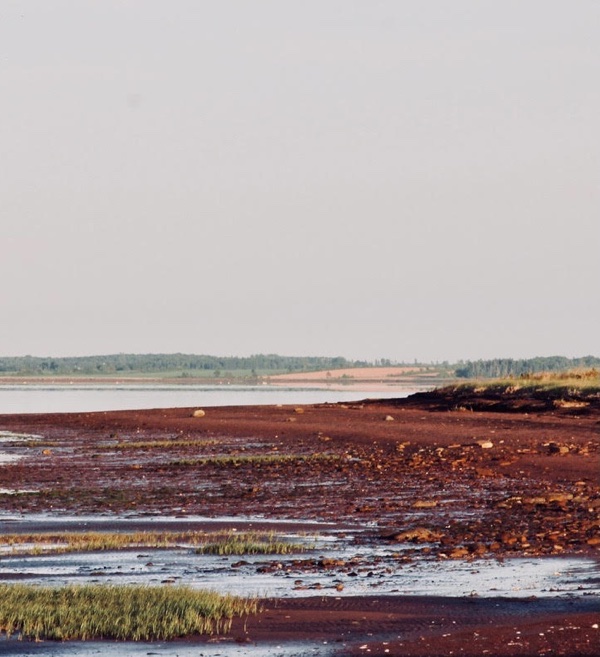miyo waskawewin et aokakio’siit : des leçons pour apprendre à bien marcher
DOI :
https://doi.org/10.25071/1916-4467.40658Mots-clés :
la pédagogie autochtone, la relationnalité, l’esprit, la pédagogie terrestre, aokakio’siit, miyo waskawewinRésumé
Dans les salles de classe suite au conseil « Truth and Reconciliation » (La Vérité et la réconciliation) du Canada, les éducatrices/teurs continuent à chercher des moyens de commencer le difficile travail de rehausser les connaissances autochtones dans leur classe et dans le curriculum. De nombreux éducateurs ont commencé à se tourner vers l'apprentissage basé sur la terre ou sur le lieu comme solution potentielle à ce travail difficile. Cet article engage un dialogue holistique avec les éducateurs et propose deux mots, « aokakio’siit » et « miyo waskawewin », qui peuvent servir de rappels pédagogiques sur la façon dont nous pouvons bien marcher à la fois en classe et dans la vie. Cet article rassemble des réflexions professionnelles et des enseignements autochtones reçus des aînés, comme moyen potentiel de faire progresser les connaissances autochtones dans les écoles et comme moyen d'être au monde.Références
Abram, D. (1997). The spell of the sensuous: Perceptions and language in a more-than-human world. Vintage.
Chambers, C. M., & Blood, N. J. (2009). Love thy neighbour: Repatriating precarious Blackfoot sites. International Journal of Canadian Studies, 2009(39-40), 253-279. https://doi.org/10.7202/040832ar DOI: https://doi.org/10.7202/040832ar
Hill, D. (2008, September 1). Listening to stones: Learning in Leroy Little Bear’s laboratory: Dialogue in the world outside. Alberta Views. https://albertaviews.ca/listening-to-stones/
Kimmerer, R. W. (2015). Braiding the sweetgrass: Indigenous wisdom, scientific knowledge and the teaching of plants. Milkweed.
Little Bear, L. (2000). Jagged worldviews colliding. In M. Battiste (Ed.), Reclaiming Indigenous voice and vision (pp. 77-85). University of British Columbia Press.
Little Bear, L. (2009). Naturalizing Indigenous knowledge [Synthesis paper]. Aboriginal Learning Knowledge Centre.
Michell, H. J. (2018). Land-Based education: Embracing the rhythms of the Earth from an Indigenous perspective. J. Charlton.
Momaday, N. S. (1997). The man made of words: Essays, stories, passages. St. Martin's Press.
Simpson, L. (2014). Land as pedagogy: Nishnaabeg intelligence and rebellious transformation. Decolonization: Indigeneity, Education & Society, 3(3), 1-25.
Styres, S. (2017). Pathways for remembering and recognizing Indigenous thought in education: Philosophies of Ienthi’nihstenha Ohwentsia’kekha (Land). University of Toronto Press.
Truth and Reconciliation Commission of Canada. (2015). Final report of the truth and reconciliation commission of Canada. Volume one: Summary. Honouring the truth, reconciling the future. James Lorimer.
Téléchargements
Publié-e
Comment citer
Numéro
Rubrique
Licence
© Lesley Marie Tait 2021 
Copyright for work published in JCACS belongs to the authors. All work is licensed under a Creative Commons Attribution-ShareAlike 4.0 International license.


